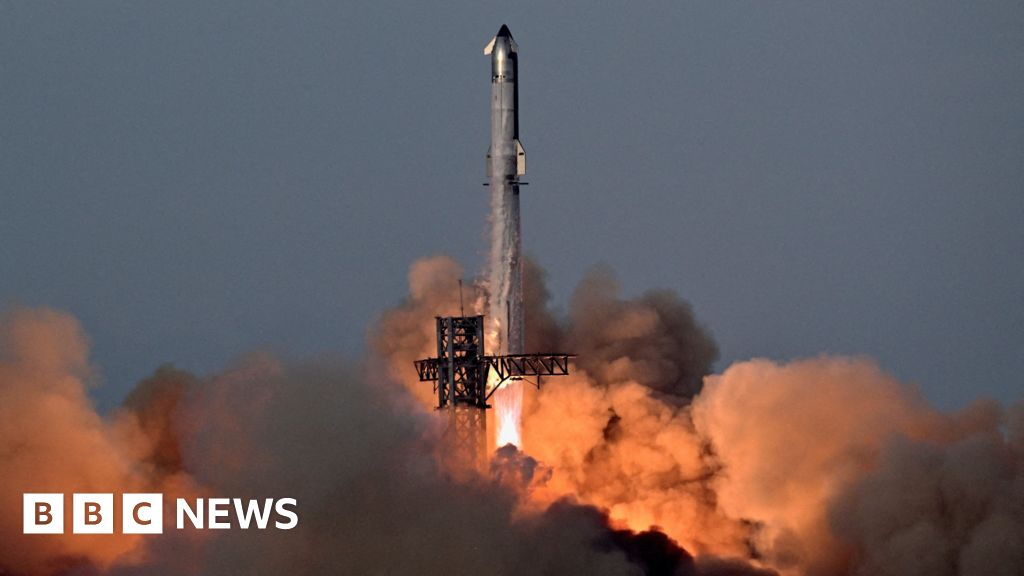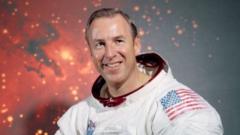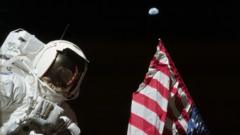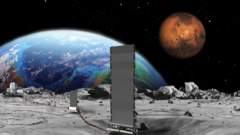The commander of NASA's next mission to the Moon, Reid Wiseman, stated that he and his crew would witness sights unseen by human eyes. Their spacecraft is set to explore vast lunar areas that were never mapped by previous Apollo missions.
NASA recently announced aspirations to launch the first crewed Moon mission in 50 years, potentially as early as February 2026.
Mission specialist Christina Koch emphasized the importance of human observation, noting the unique perspectives astronauts provide in studying the lunar surface.
Believe it or not, human eyes are one of the best scientific instruments that we have, Koch remarked.
The Artemis II mission, a landmark venture in the Artemis program, seeks to land astronauts and lay the groundwork for a long-term human presence on the Moon.
Koch, inspired by the iconic photo of Earth taken during Apollo 8, hopes this mission will ignite optimism and wonder among future generations.
Jeremy Hansen, the mission's Canadian astronaut, expressed the unifying spirit of exploration and how it resonates globally, emphasizing a shared human experience.
Victor Glover, the first black astronaut to go to the Moon, highlighted exploration as an intrinsic part of humanity, asserting that pushing boundaries drives advancement.
With a diverse and accomplished crew, the Artemis II mission is not just a step towards lunar exploration but a beacon of hope and inspiration for humanity, with each astronaut expressing readiness to embark on this historic journey for all humankind.


















